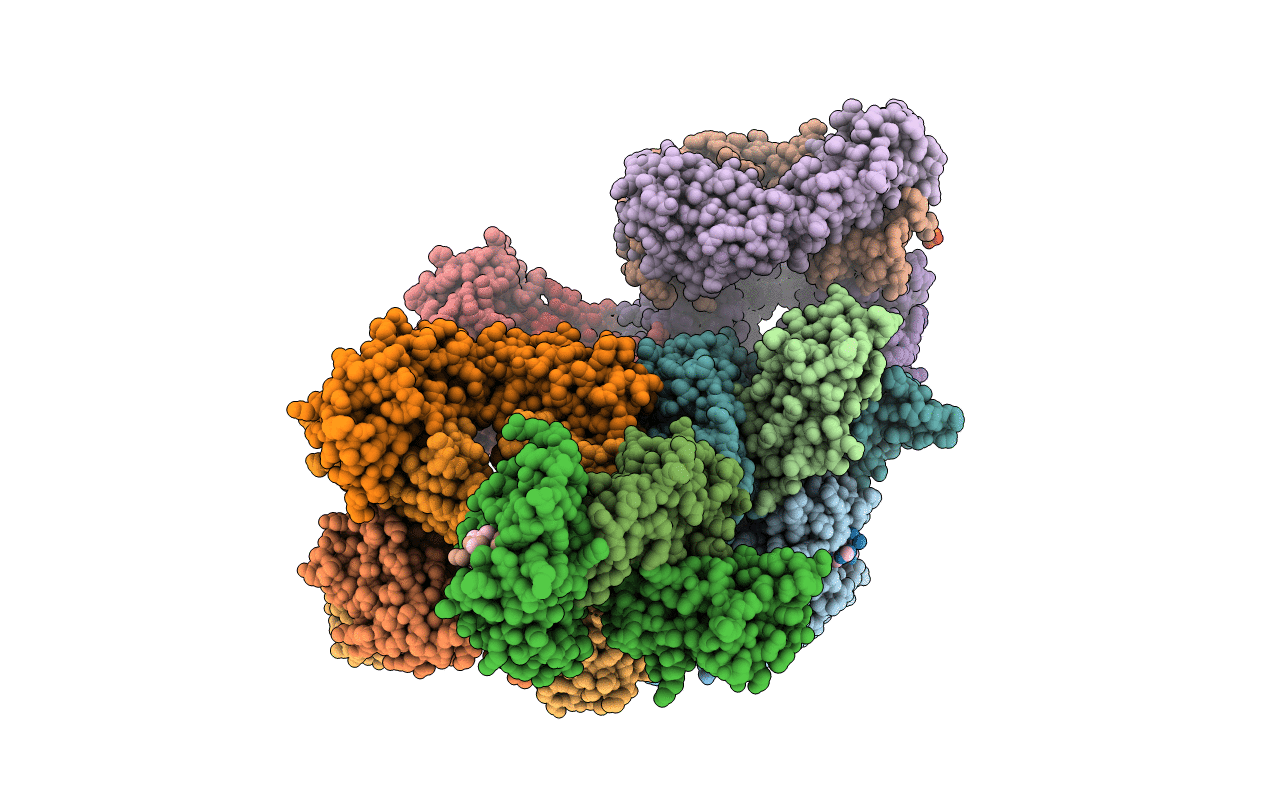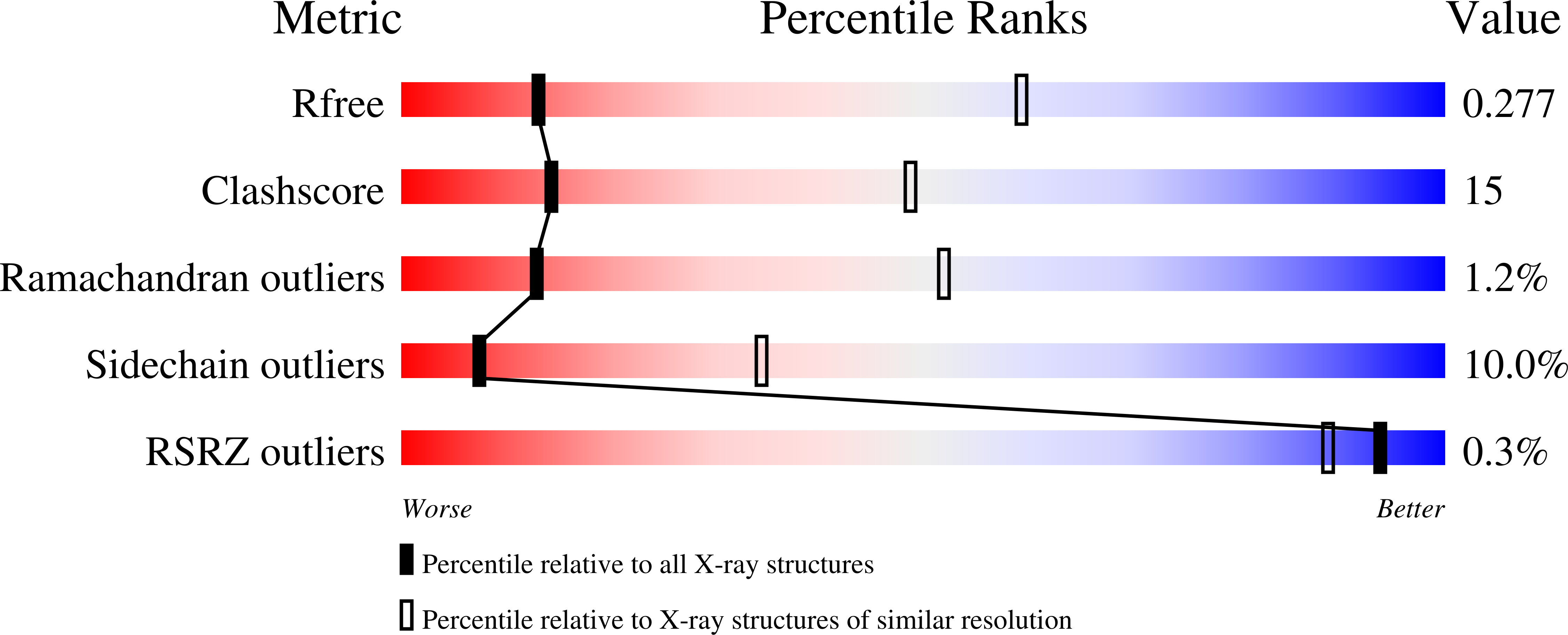
Deposition Date
2020-03-12
Release Date
2021-03-17
Last Version Date
2024-11-20
Entry Detail
PDB ID:
6W51
Keywords:
Title:
Structure of the antibody fragment H2 in complex with HLA-A*02:01/p53R175H
Biological Source:
Source Organism:
Homo sapiens (Taxon ID: 9606)
Host Organism:
Method Details:
Experimental Method:
Resolution:
3.53 Å
R-Value Free:
0.28
R-Value Work:
0.20
R-Value Observed:
0.20
Space Group:
P 1 21 1


